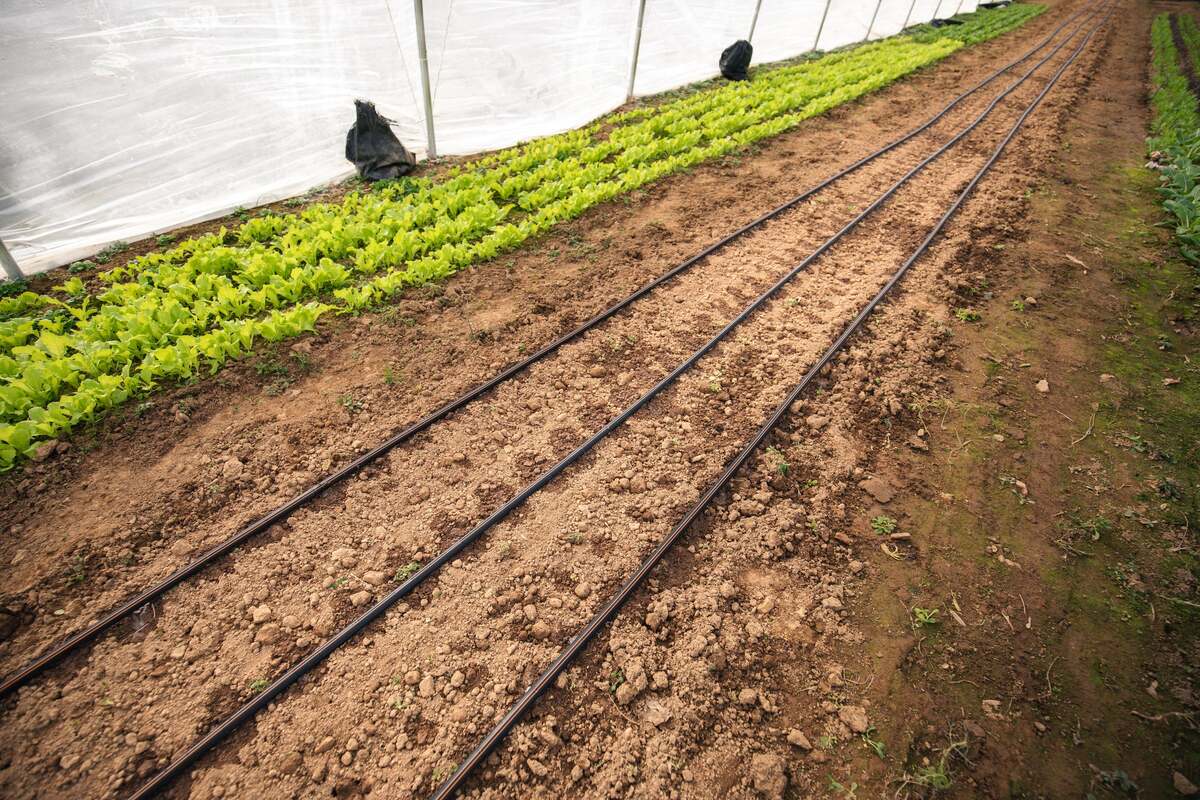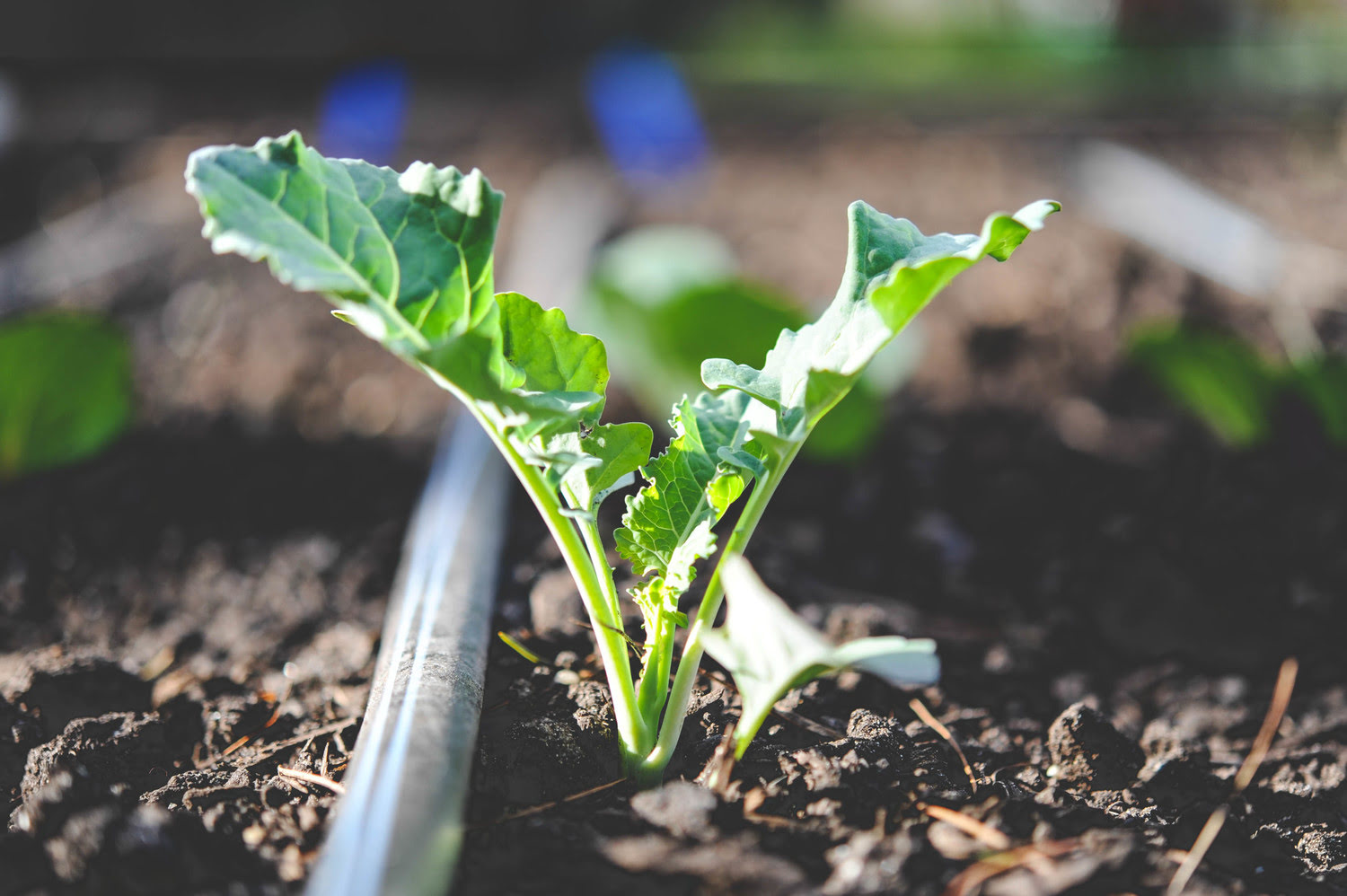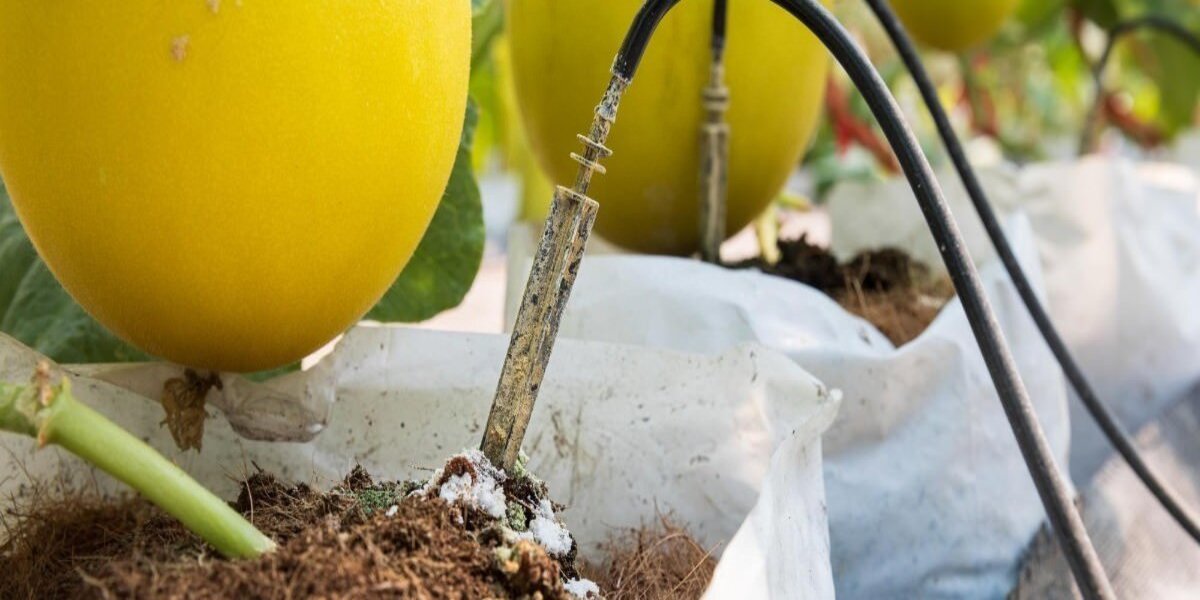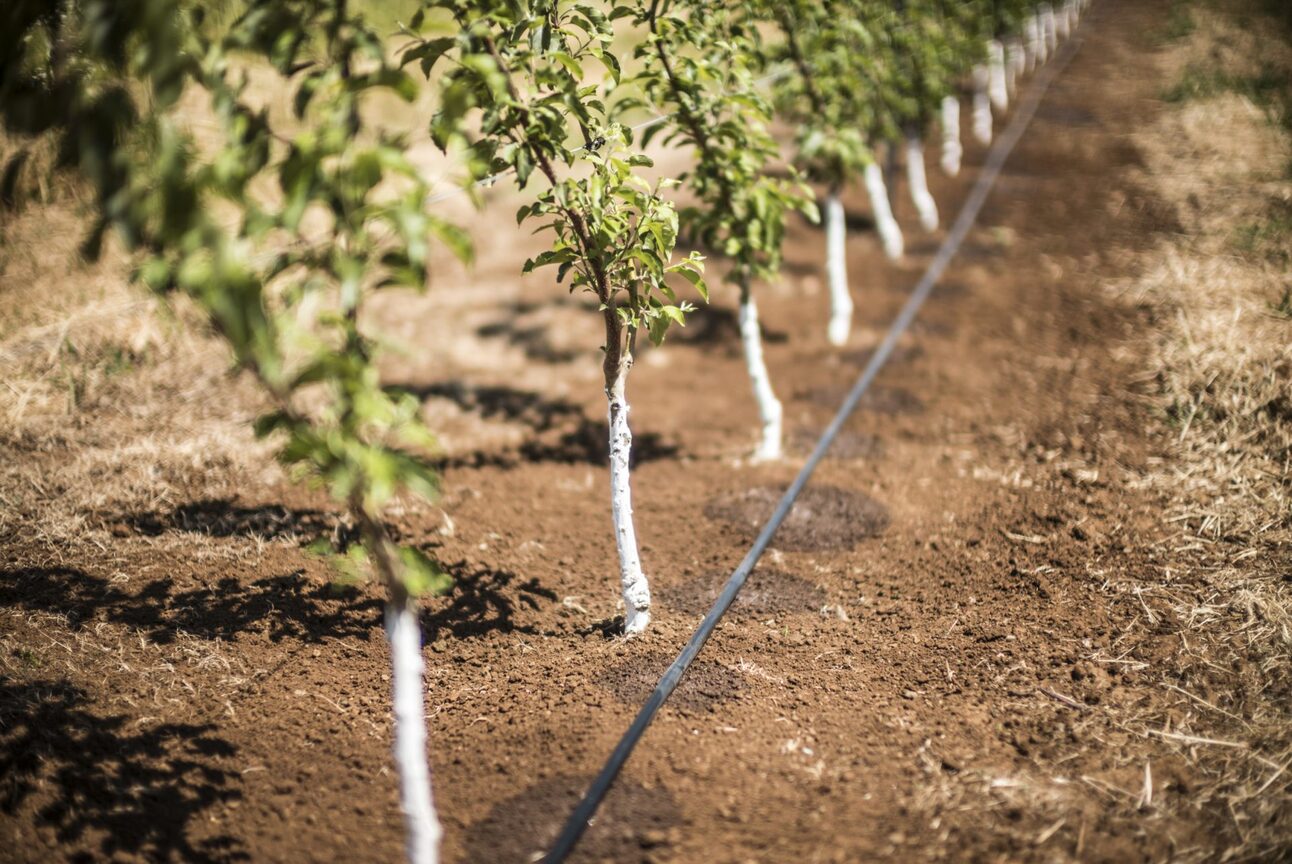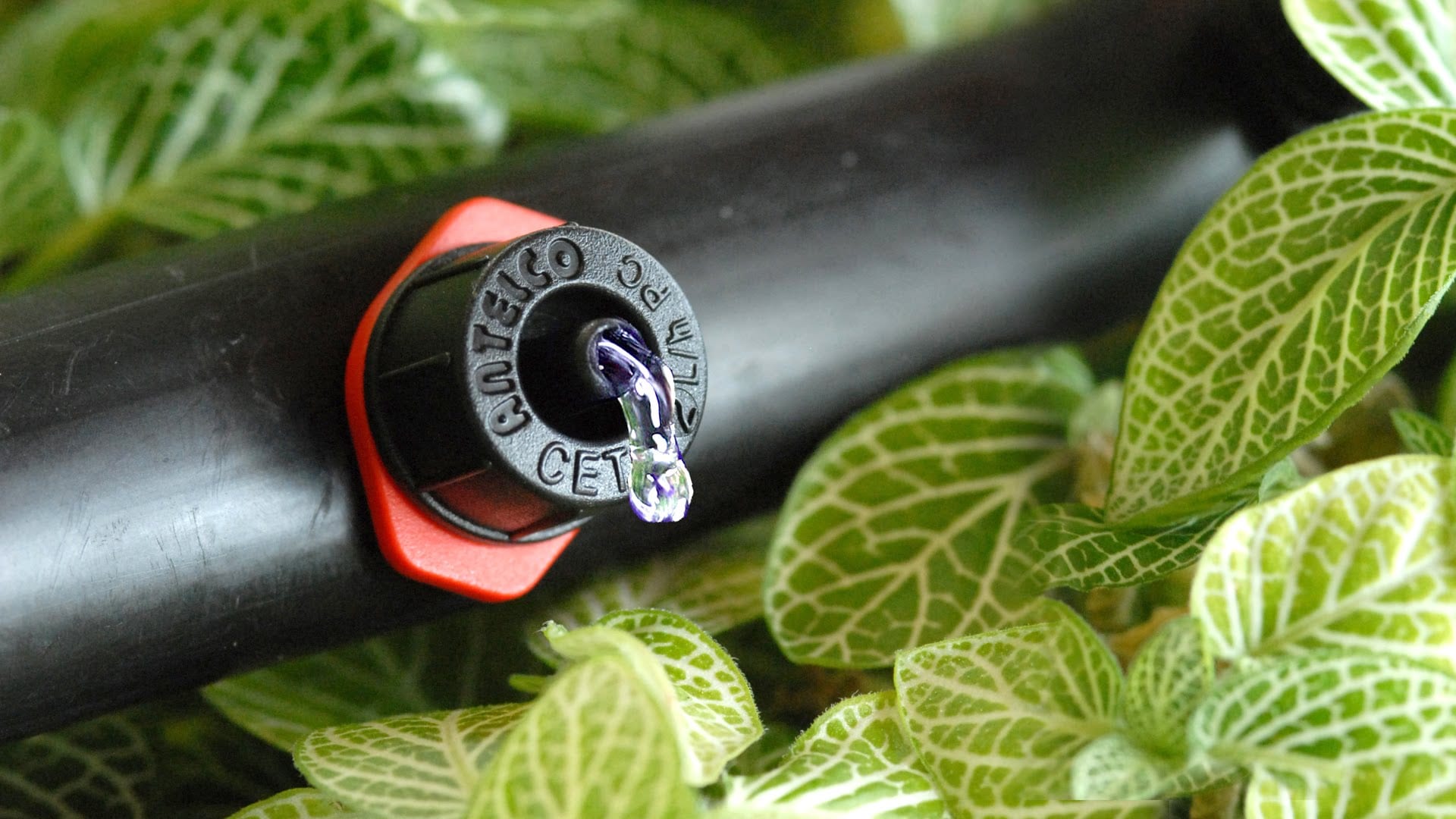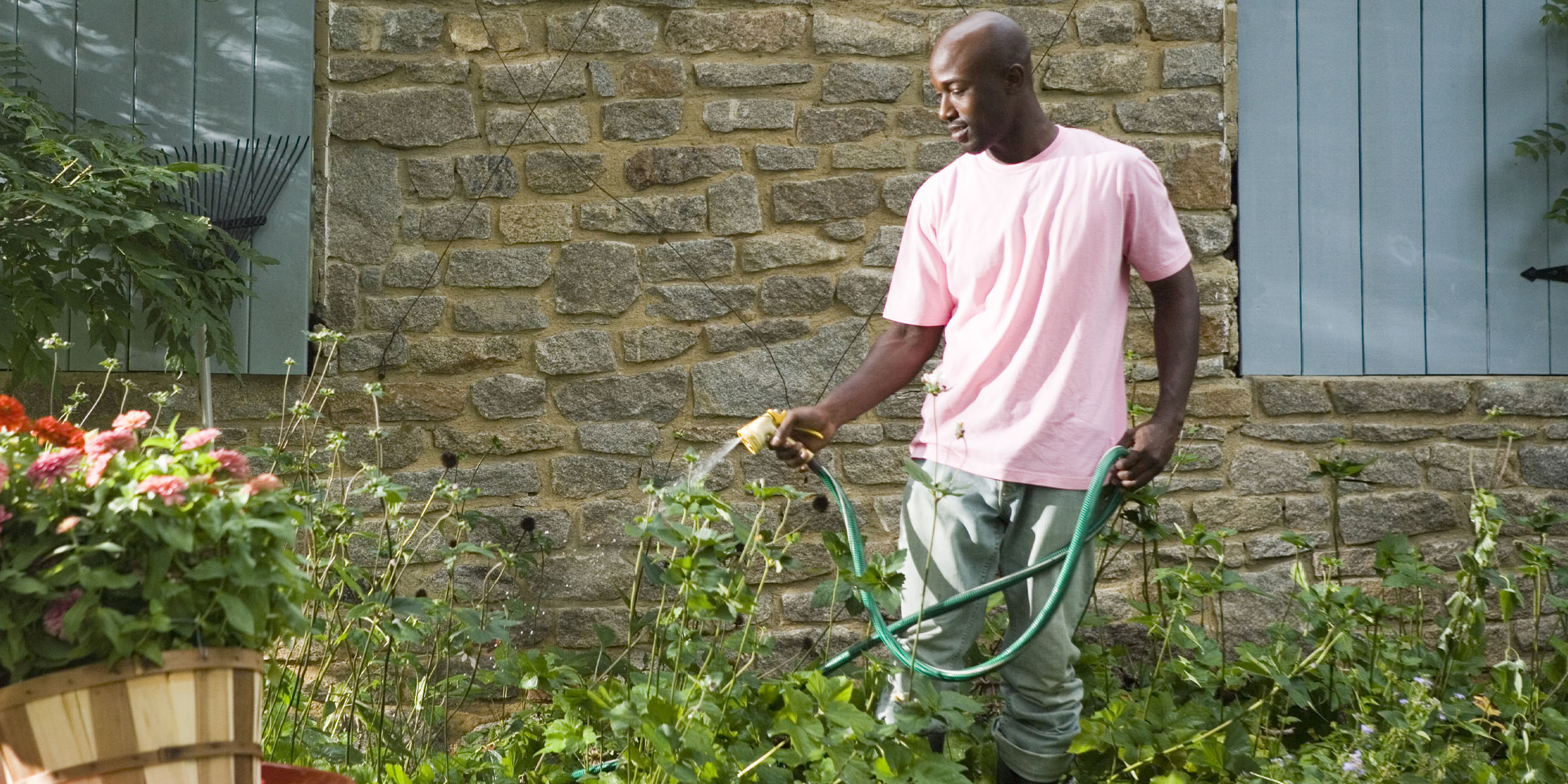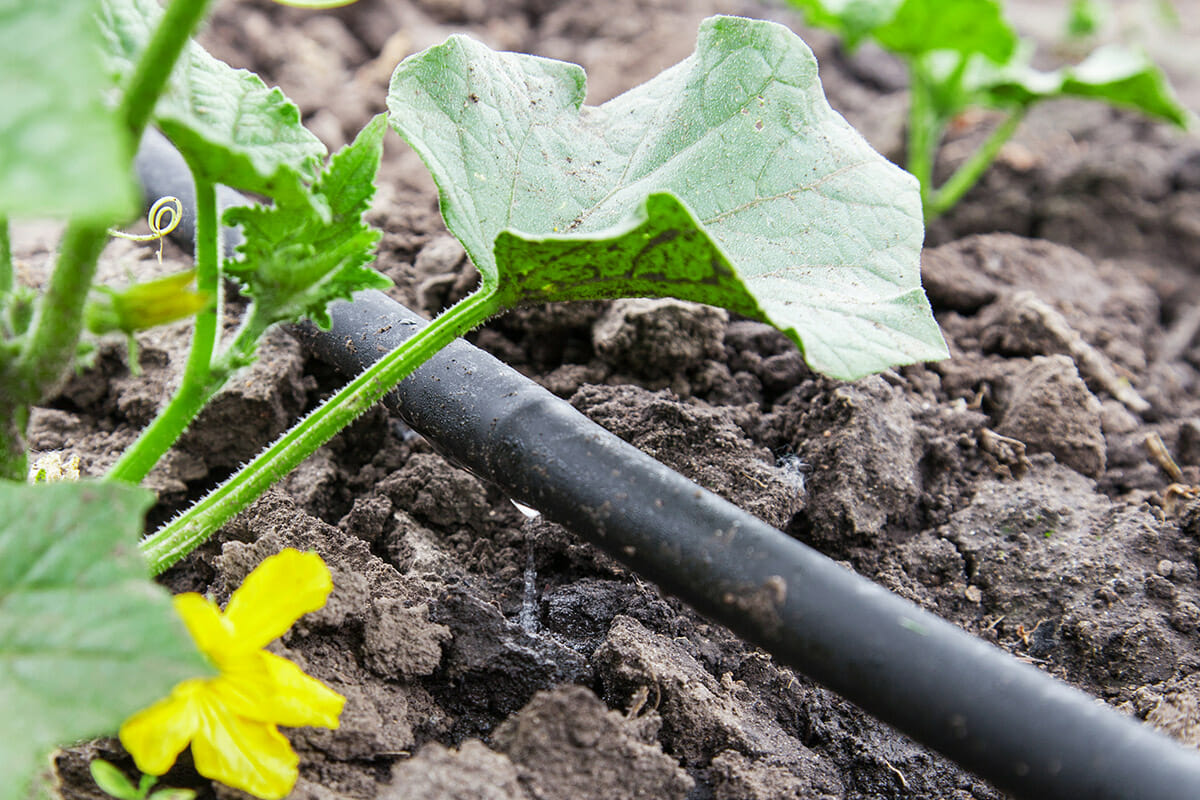Home>Gardening Basics>Tools and Equipment>What Is The Best Drip Irrigation System
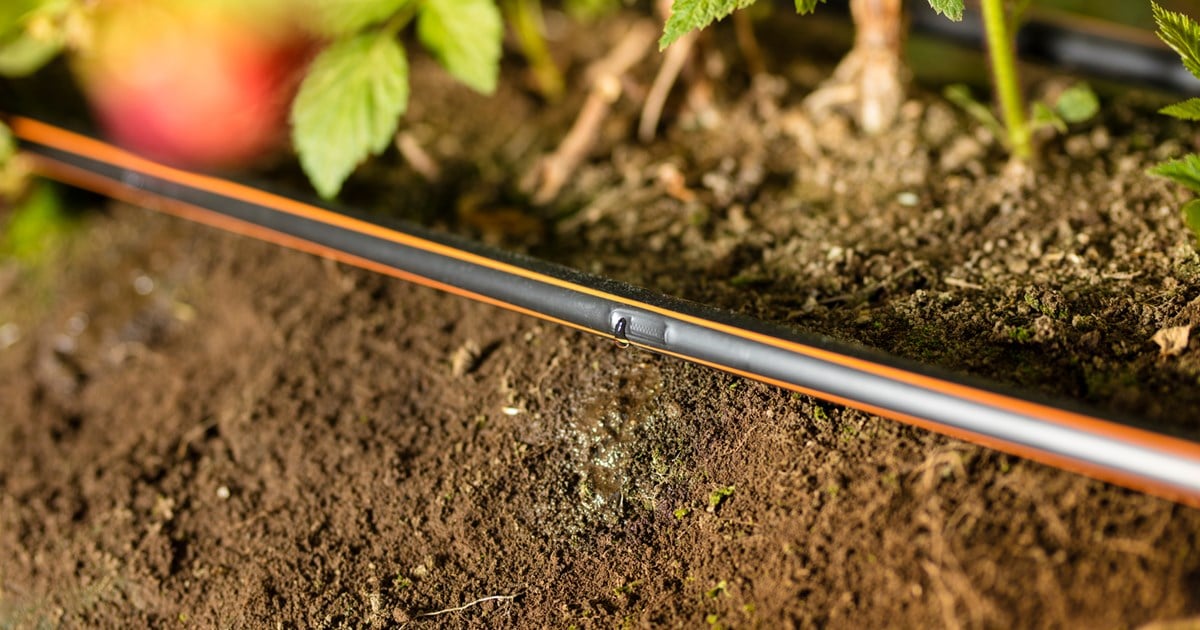

Tools and Equipment
What Is The Best Drip Irrigation System
Modified: January 22, 2024
Looking for the best tools and equipment for a drip irrigation system? Discover top-rated options and maximize your garden's efficiency with the right tools.
(Many of the links in this article redirect to a specific reviewed product. Your purchase of these products through affiliate links helps to generate commission for Chicagolandgardening.com, at no extra cost. Learn more)
Table of Contents
Introduction
Welcome to the world of drip irrigation systems! If you are an avid gardener or a professional landscaper, you probably understand the importance of efficient and effective irrigation methods. Traditional sprinkler systems can be wasteful, with a significant amount of water lost through evaporation and runoff. This is where drip irrigation comes in – a revolutionary solution that delivers water directly to the roots of plants, ensuring maximum efficiency and minimal water wastage.
Drip irrigation systems are designed to provide a slow and steady supply of water directly to the base of plants, using a network of small tubes or drippers. This targeted approach delivers water directly to the root zone, preventing water from being wasted on non-targeted areas, such as walkways or spaces between plants. This not only saves water but also helps to reduce weed growth, minimize soil erosion, and promote healthier plant growth.
One of the key benefits of drip irrigation is its versatility. It can be used in a wide range of applications, from residential gardens and agricultural fields to commercial landscapes and greenhouses. Whether you have a small vegetable patch or a sprawling lawn, there is a drip irrigation system that can meet your needs.
In this comprehensive guide, we’ll explore the benefits of drip irrigation, the different types of systems available, and factors to consider when choosing a system. We’ll also delve into the installation and maintenance process to help you make the most of your drip irrigation system. So, let’s dive in and discover the world of efficient and eco-friendly watering with drip irrigation!
Benefits of Drip Irrigation
Drip irrigation offers numerous benefits that make it a preferred choice for many gardeners, landscapers, and farmers. Let’s take a closer look at some of these benefits:
- Water Conservation: One of the primary advantages of drip irrigation is its water-saving capabilities. Unlike traditional sprinkler systems, which can lose a significant amount of water to evaporation and runoff, drip irrigation delivers water directly to the plant’s root zone, reducing water waste. Studies have shown that drip irrigation can save up to 50% of water compared to conventional irrigation methods.
- Improved Plant Health: Drip irrigation promotes healthier plant growth by supplying water directly to the root zone. This ensures that plants receive a consistent and measured amount of water, avoiding overwatering or underwatering. As a result, plants develop deep and strong root systems, leading to better nutrient absorption and overall health.
- Weed Suppression: Drip irrigation delivers water only to the targeted plant roots, preventing moisture from reaching the areas between plants where weeds tend to thrive. By reducing the availability of water to weed seeds, drip irrigation helps to suppress weed growth and minimize the need for manual weeding or herbicides.
- Reduced Soil Erosion: Traditional irrigation methods, such as overhead sprinklers, can lead to water runoff, which can cause soil erosion. Drip irrigation, on the other hand, delivers water slowly and directly to the root zone, allowing the soil to absorb the moisture effectively. This helps in preventing soil erosion and maintaining the structural integrity of the soil.
- Flexibility and Precision: Drip irrigation systems offer excellent flexibility in terms of water delivery. With adjustable drippers and emitters, you can customize the amount of water each plant receives, based on its specific needs. This precision in water delivery also allows for targeted fertilization, minimizing the risk of nutrient runoff.
- Energy Efficiency: Drip irrigation systems require lower pressure compared to traditional sprinkler systems, resulting in reduced energy usage. This not only translates to cost savings but also makes drip irrigation an environmentally friendly choice.
Overall, drip irrigation is a sustainable and eco-friendly irrigation option that saves water, promotes plant health, and reduces maintenance and labor. Now that we understand the extensive benefits of drip irrigation, let’s explore the different types of systems available.
Types of Drip Irrigation Systems
There are several types of drip irrigation systems available, each with its own unique features and applications. Let’s explore some of the most common types:
- Drip Tape: Drip tape is a popular choice for large-scale agricultural applications. It consists of a flexible plastic tape with emitters spaced evenly along its length. The tape is placed on the soil surface or buried slightly below the surface, delivering water directly to the root zone. Drip tape is cost-effective and easy to install, making it an excellent option for row crops, vineyards, and orchards.
- Dripline: Similar to drip tape, dripline is a tubing system with integrated emitters. However, dripline typically has thicker walls and offers more durable and consistent water distribution. It is commonly used in landscape beds, gardens, and residential applications, providing precise watering to individual plants or small areas.
- Micro-Sprinklers: Micro-sprinklers combine the features of traditional sprinklers and drip irrigation. They consist of small sprinkler heads that emit a fine mist or spray, covering a larger area compared to individual drippers. Micro-sprinklers are ideal for vegetable gardens, flower beds, and other areas where the plants require overhead coverage.
- Bubbler System: Bubbler systems are designed to deliver water at a slow and steady rate, similar to a dripping faucet. They are commonly used for trees, shrubs, and larger plants that require deeper and more prolonged watering. Bubblers provide a gentle stream of water, allowing it to penetrate the soil deeply.
- Subsurface Drip Irrigation: Subsurface drip irrigation (SDI) involves placing drippers or emitters below the soil surface, either directly in the root zone or in buried tubes. This method reduces water evaporation and eliminates contact between the water and the foliage, making it an efficient choice for water-sensitive crops and areas with high evaporation rates.
Each type of drip irrigation system has its own advantages and is suitable for different applications. Consider factors such as the size of your garden, the type of plants you are watering, and your water source when choosing the right system for your needs. Next, let’s compare the different drip irrigation systems to help you make an informed decision.
Comparison of Drip Irrigation Systems
When selecting a drip irrigation system, it’s essential to consider the specific needs of your landscape or garden. Here’s a comparison of different drip irrigation systems to help you make a well-informed decision:
- Cost: Drip tape and dripline systems are generally more cost-effective options, making them suitable for large-scale agricultural applications. Micro-sprinklers and bubblers may be slightly more expensive due to their additional components, while subsurface drip irrigation tends to be the most expensive option.
- Water Distribution: Drip tape and dripline systems provide consistent water distribution along the entire length of the tape or tubing. Micro-sprinklers and bubblers cover a larger area and produce a heavier spray or mist, which may require careful positioning to avoid overspray or uneven watering. Subsurface drip irrigation provides precise water distribution at the root zone, minimizing evaporation and surface wetting.
- Installation and Maintenance: Drip tape and dripline systems are relatively easy to install and maintain. They can be laid on the soil surface or buried slightly, and replacement or repairs can be done easily. Micro-sprinklers and bubblers require proper positioning and occasional cleaning to avoid clogging. Subsurface drip irrigation involves burying the drippers or tubes, requiring specialized installation and occasional inspection.
- Flexibility: Drip tape and dripline systems offer excellent flexibility in terms of adjusting the emitters or tape spacing to accommodate different plant spacing and water requirements. Micro-sprinklers provide versatility in terms of coverage and flow rate adjustments. Bubblers, with their adjustable flow rates, are suitable for different plant sizes. Subsurface drip irrigation offers limited flexibility due to the underground placement of the emitters.
- Applicability: Drip tape and dripline systems are commonly used in agricultural fields, vineyards, and large-scale commercial applications. Micro-sprinklers and bubblers are suitable for smaller areas, including residential gardens, flower beds, and vegetable patches. Subsurface drip irrigation is ideal for water-sensitive crops and areas with high evaporation rates.
Consider these factors when comparing drip irrigation systems to choose the one that best suits your needs. Additionally, take into account local climate conditions, water quality, and the specific requirements of your plants for a successful and efficient irrigation system. Once you’ve selected the right system, it’s important to know how to install and maintain it effectively, which we’ll explore in the next section.
Factors to Consider When Choosing a Drip Irrigation System
Choosing the right drip irrigation system involves considering several important factors to ensure optimal performance and efficiency. Here are some key factors to keep in mind:
- Water Source and Pressure: Determine the water source available for your irrigation system, whether it’s a well, municipal water, or rainwater collection. Consider the water pressure available and ensure it is compatible with the chosen drip irrigation system. Some systems may require higher or lower pressure for optimal operation.
- Garden or Landscape Size: The size of your garden or landscape will influence the type of drip irrigation system you choose. For smaller areas, such as residential gardens or flower beds, a dripline or micro-sprinkler system may suffice. Larger areas, such as agricultural fields, may require drip tape or subsurface drip irrigation systems.
- Plant Types and Watering Needs: Different plants have varying water requirements. Consider the specific needs of your plants, including their water consumption, root depth, and spacing. Certain systems, such as driplines or bubblers, allow for precise water delivery to individual plants or specific areas, while others, like drip tape, provide uniform watering along rows.
- System Flexibility and Customization: Evaluate the flexibility of the drip irrigation system and its ability to meet your specific requirements. Look for systems that offer adjustable flow rates, emitter spacing, and coverage options. This will allow you to customize the irrigation system to suit your plant layout and watering needs.
- Installation and Maintenance: Consider the level of expertise required to install and maintain the chosen drip irrigation system. Some systems, such as drip tape or dripline, are relatively easy to install and maintain. Others, like subsurface drip irrigation, may require specialized skills and periodic inspections.
- Budget: Determine your budget for the drip irrigation system, including the initial installation costs and ongoing maintenance expenses. Consider the long-term benefits of water savings and plant health when assessing the overall cost-effectiveness of the system.
By considering these factors, you can make an informed decision when selecting a drip irrigation system that suits your specific needs and landscape requirements. Now, let’s explore the installation and maintenance aspects of drip irrigation systems to ensure their optimal performance.
Installation and Maintenance of Drip Irrigation Systems
Proper installation and maintenance are crucial for the efficient operation and longevity of a drip irrigation system. Let’s explore the key steps involved in installing and maintaining your drip irrigation system:
- Planning: Start by creating a detailed layout of your garden or landscape, including the location of plants, water sources, and any obstacles. Consider the water requirements, spacing, and layout of your plants. This will help determine the tubing lengths, emitter spacing, and placement of the system components.
- Prepare the Area: Clear the area of any debris, rocks, or weeds that may obstruct the installation process. It’s also a good idea to level the ground to ensure proper water distribution.
- Lay the Tubing: Lay the main tubing along the designated areas, ensuring it reaches all the plants that require irrigation. Secure the tubing using stakes or clips to keep it in place and prevent movement during operation.
- Install Emitters: Attach the appropriate emitters or drippers to the main tubing according to the water requirements of different plants. Ensure that the emitters are placed near the root zone of each plant for optimal water delivery.
- Connect to Water Source: Connect the main tubing to the water source, using appropriate connectors, filters, and pressure regulators as needed. This will help ensure a steady water supply and prevent clogging of the emitters.
- Test the System: Turn on the water supply and check for any leaks, proper water distribution, and functionality of the system. Make any necessary adjustments to the emitter spacing or flow rates to achieve even water distribution.
- Maintenance: Regular maintenance is essential to keep your drip irrigation system running smoothly. Inspect the system periodically for clogs, leaks, or damage to the tubing or emitters. Flush the system to remove any debris or sediment that may clog the emitters. Replace any worn-out or damaged components promptly.
- Adjustments and Upgrades: As your garden or landscape evolves, you may need to make adjustments or upgrades to your drip irrigation system. This could involve adding or removing emitters, extending the tubing, or incorporating new technologies such as smart controllers or moisture sensors.
By following these installation and maintenance guidelines, you can ensure that your drip irrigation system operates efficiently and effectively, providing your plants with the precise amount of water they need. Regular maintenance and periodic adjustments will help maximize the lifespan and performance of your system.
Conclusion
Drip irrigation systems offer numerous benefits for gardeners, landscapers, and farmers. By delivering water directly to the root zone of plants, drip irrigation promotes water conservation, improves plant health, suppresses weeds, reduces soil erosion, and provides flexibility and precision in watering. With various types of drip irrigation systems available, including drip tape, dripline, micro-sprinklers, bubblers, and subsurface drip irrigation, you can find the perfect solution for your specific needs and application.
When choosing a drip irrigation system, consider factors such as water source and pressure, garden or landscape size, plant types and watering needs, system flexibility and customization, installation and maintenance requirements, as well as your budget. This will help you select the system that best suits your requirements and ensures efficient water usage.
Proper installation and maintenance are crucial for the optimal performance of drip irrigation systems. By carefully planning the layout, preparing the area, laying the tubing, installing emitters, and connecting to the water source, you can have a functional system. Regular maintenance, including inspections, flushing, and component replacements, will keep your system running smoothly. Additionally, consider making adjustments and upgrades as your garden or landscape evolves to maximize the benefits of your drip irrigation system.
With drip irrigation, you can have a sustainable and efficient watering solution that conserves water, promotes plant health, and minimizes maintenance efforts. So, embrace the world of drip irrigation and experience the benefits it offers for your gardening and landscape needs.

